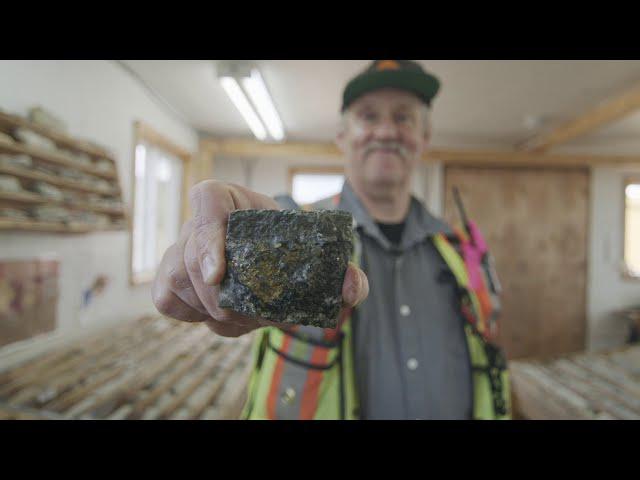Highlights from AGM about nickel mining.
#Mining
#ElonMusk
When we take that anode cost reduction, we're looking at another 5% reduction in dollar per kilo kilowatt hour costs at the battery pack level. But wait, there's more.
Let's talk about cathodes. What is a battery cathode cathodes are like bookshelves where the metal -- the nickel, cobalt, manganese, or aluminum is like the shelf and the lithium is the book. Really what sets apart these different metals is how many books of lithium they can fit on the shelves and how sturdy the shelves are.
It's tough to figure out what the right analogy is to explain cathode and anode, but a bookshelf is probably a pretty good one. You need a stable structure to contain the ions. You want a structure that does not crumble or get gooey. Basically, something that holds it's shape in both the cathode and the anode. As you're moving these ions back and forth, it needs to retain it's structure. If it doesn't retain a structure then you lose cycle life and your battery capacity drops very quickly.
Totally agree. People are always talking about what the cathode is going to be but the thing to consider is what the metals are capable of and that's what we have on this chart here -- dollar per kilowatt hour cost of the metal in the cathode using LME London Metal Exchange prices versus the energy density of just the cathode. You can see nickel is the cheapest and the highest energy density. That's why increasing nickel is a goal of ours and really everybody's in the battery industry.
One of the reasons why cobalt has even used it all is because it is a very stable bookshelf. The challenge with going to pure nickel is stabilizing that bookshelf with only nickel and that's what we've been working on with our high-nickel cathode development, which has zero cobalt in it. We are leveraging novel coatings and dopants. We can get a 15% reduction in cathode dollar per kilowatt hour.
It's a big deal.
It's not just about nickel.
...
#Mining
#ElonMusk
When we take that anode cost reduction, we're looking at another 5% reduction in dollar per kilo kilowatt hour costs at the battery pack level. But wait, there's more.
Let's talk about cathodes. What is a battery cathode cathodes are like bookshelves where the metal -- the nickel, cobalt, manganese, or aluminum is like the shelf and the lithium is the book. Really what sets apart these different metals is how many books of lithium they can fit on the shelves and how sturdy the shelves are.
It's tough to figure out what the right analogy is to explain cathode and anode, but a bookshelf is probably a pretty good one. You need a stable structure to contain the ions. You want a structure that does not crumble or get gooey. Basically, something that holds it's shape in both the cathode and the anode. As you're moving these ions back and forth, it needs to retain it's structure. If it doesn't retain a structure then you lose cycle life and your battery capacity drops very quickly.
Totally agree. People are always talking about what the cathode is going to be but the thing to consider is what the metals are capable of and that's what we have on this chart here -- dollar per kilowatt hour cost of the metal in the cathode using LME London Metal Exchange prices versus the energy density of just the cathode. You can see nickel is the cheapest and the highest energy density. That's why increasing nickel is a goal of ours and really everybody's in the battery industry.
One of the reasons why cobalt has even used it all is because it is a very stable bookshelf. The challenge with going to pure nickel is stabilizing that bookshelf with only nickel and that's what we've been working on with our high-nickel cathode development, which has zero cobalt in it. We are leveraging novel coatings and dopants. We can get a 15% reduction in cathode dollar per kilowatt hour.
It's a big deal.
It's not just about nickel.
...
- Category
- Mining Battery Metals Rare Earth
Be the first to comment





